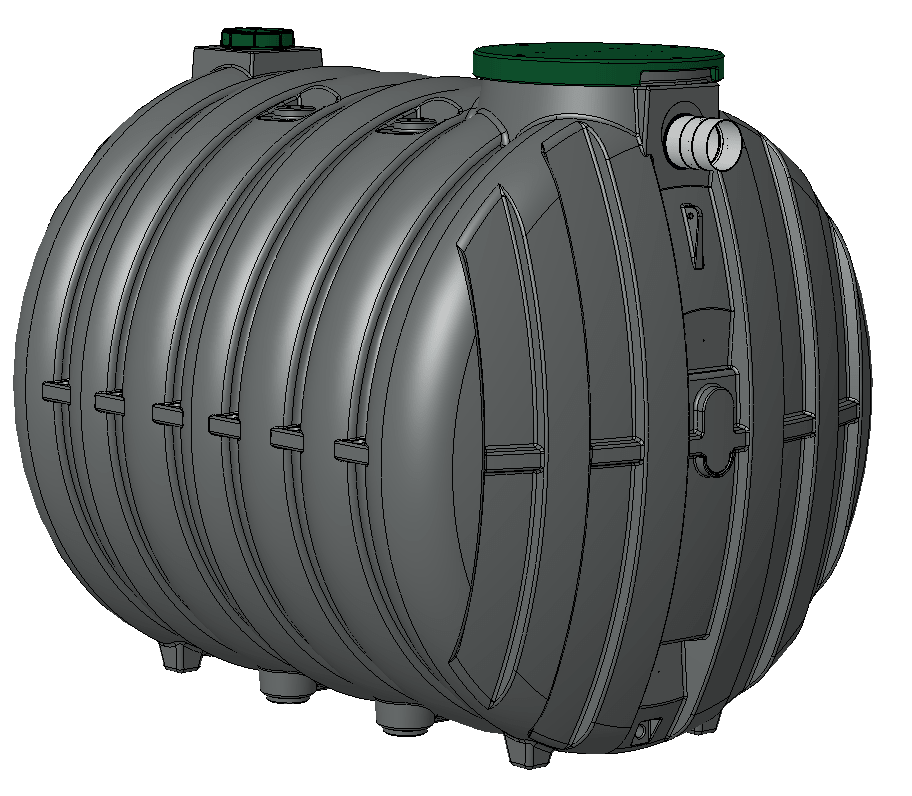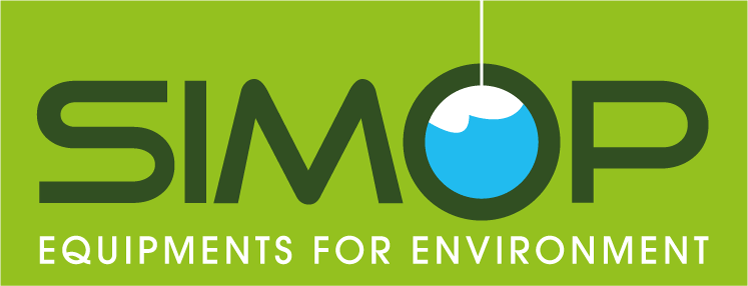An all-water tank is a pre-treatment structure designed to collect and partially liquefy pollutants contained in wastewater, and to retain solid matter and floating waste.
The all-water tank is connected to the house’s plumbing system, collecting wastewater from toilets, sinks, showers, washing machines, dishwashers and so on.
When wastewater enters the septic tank, it undergoes a pre-treatment process. Heavier solids, such as grease, sludge and debris, settle to the bottom of the tank, forming a layer of sludge. Floating waste, such as toilet paper and tampons, is retained on the water surface by a retaining device.

Meanwhile, pollutants present in the wastewater, such as bacteria, viruses, chemicals and nutrients, undergo partial liquefaction thanks to the action of anaerobic bacteria present in the pit. These bacteria degrade organic substances, reducing their concentration and impact on the environment.
The all-water tank therefore plays an essential role in the treatment of domestic wastewater before it is discharged into the sewage system. It reduces the pollutant load in the wastewater, making it easier to treat in wastewater treatment plants.
However, it’s important to note that an all-water tank does not completely treat wastewater. It does not completely eliminate pollutants, nor does it guarantee drinking water quality. It is therefore necessary to supplement the wastewater system with other treatment devices, such as a microstation or compact filter, to ensure complete purification of the wastewater before it is discharged into the environment.




![All-water tank - 3 to 8m³ 5 [6004] All-water tank - 3 to 8m³ - Main image](https://simop.com/wp-content/uploads/2024/11/6004-all-water-tank-3-to-8m-main-image-800x308-optimized.png)
![Reinforced all-water tanks 3 to 8M3 6 [6009] Reinforced all-water tanks 3 to 8M3 - Main image](https://simop.com/wp-content/uploads/2024/11/6009-reinforced-all-water-tanks-3-to-8m3-main-image-800x283-optimized.png)
![MONOBLOC 10 TO 20 M3 non-reinforced all-water tanks 7 [6308] MONOBLOC 10 TO 20 M3 non-reinforced all-water tanks - Main image](https://simop.com/wp-content/uploads/2024/11/6308-monobloc-10-to-20-m3-non-reinforced-all-water-tanks-main-image-800x607.gif)
![Reinforced 10 to 12 M3 monobloc all-water tanks 8 [6309] Reinforced 10 to 12 M3 monobloc all-water tanks - Main image](https://simop.com/wp-content/uploads/2024/11/6309-reinforced-10-to-12-m3-monobloc-all-water-tanks-main-image.gif)
![Water Tank GRP 10-100 M3 9 [6317] Water Tank GRP 10-100 M3 - Main image](https://simop.com/wp-content/uploads/2024/11/6317-water-tank-grp-10-100-m3-main-image-800x800-optimized.png)